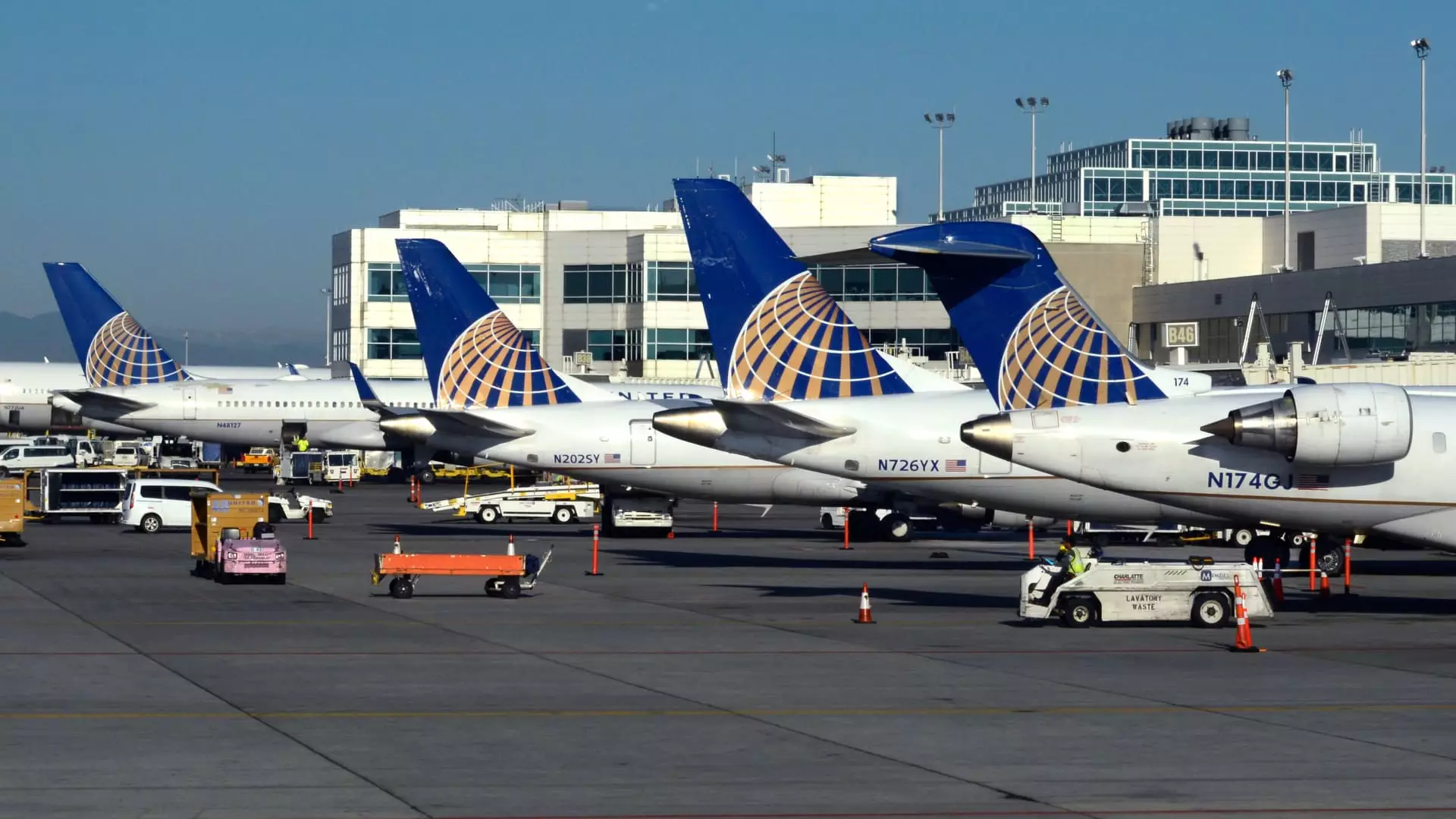United Airlines has recently announced fee hikes for its annual airport lounge memberships and co-branded credit cards, a move that serves as a litmus test for consumer loyalty amidst the rising costs associated with travel perks. This change is particularly notable because it comes at a time when budget-conscious travelers are navigating an array of hidden fees and surcharges across the airline industry. As recreational travel rebounds post-pandemic, these modifications can be seen as both a gamble and a reflection of the airline’s growing reliance on loyalty programs as a revenue source.
Redefining Membership Value
Richard Nunn, the chief executive of United’s MileagePlus program, claimed that despite the fee increases, the benefits provided will outweigh the costs. However, this assertion brings to mind a fundamental question: what constitutes real value in an airline loyalty program? With United adding features such as rideshare credits and awards flight discounts, it feels more like a desperate attempt to justify an increase rather than a commitment to enriching the traveler experience. Consumers are savvy enough to discern marketing jargon and may rightly wonder whether the perceived enhancements are merely band-aids on a much larger issue.
The Increasing Costs of Air Travel
United’s strategy seems to echo a broader trend in the airline industry: ladening customers with fees that were once included in the ticket price. Whether it’s increased fees for checked bags or premium seat assignments, more airlines are dipping into their customers’ pockets under the guise of providing enhanced services. The irony is hard to ignore; as more travelers qualify for elite status and premium credit cards, access to previously exclusive offerings becomes commodified, turning what was once a luxury into a crowded experience.
The ‘Lounge’ Dilemma
The tension between exclusivity and accessibility sharply contrasts with the reality of overcrowded airport lounges. United, along with Delta and American, have expanded their lounge facilities, yet as membership numbers swell—United reportedly gained around 17 million new MileagePlus members—user experience deteriorates. This leads to the paradox of having to pay more for perks that may not deliver the peace and relaxation travelers seek. The additional crowding undermines the promise of comfort, rendering the exclusive experience relatively ordinary.
Profit Over Loyalty
United’s reported $3.49 billion in “other” revenue last year underscores a troubling shift in airline priorities. With a 10% rise attributed mostly to loyalty programs, it appears profit trumps the genuine cultivation of customer relationships. It’s hard to ignore the fact that while airlines rely on passenger goodwill, every fee hike chips away at that sentiment. Thus, while the airlines are basking in the glow of increased loyalty revenue, they might be sowing the seeds of discontent among devoted travelers who feel the financial pinch as they seek a more rewarding travel experience.
The changes imposed by United Airlines not only raise concerns about consumer loyalty but invite a larger conversation about the future of air travel. As fees escalate and perks evolve, can airlines truly maintain a loyal customer base, or are they merely creating a perfect storm of dissatisfaction?

